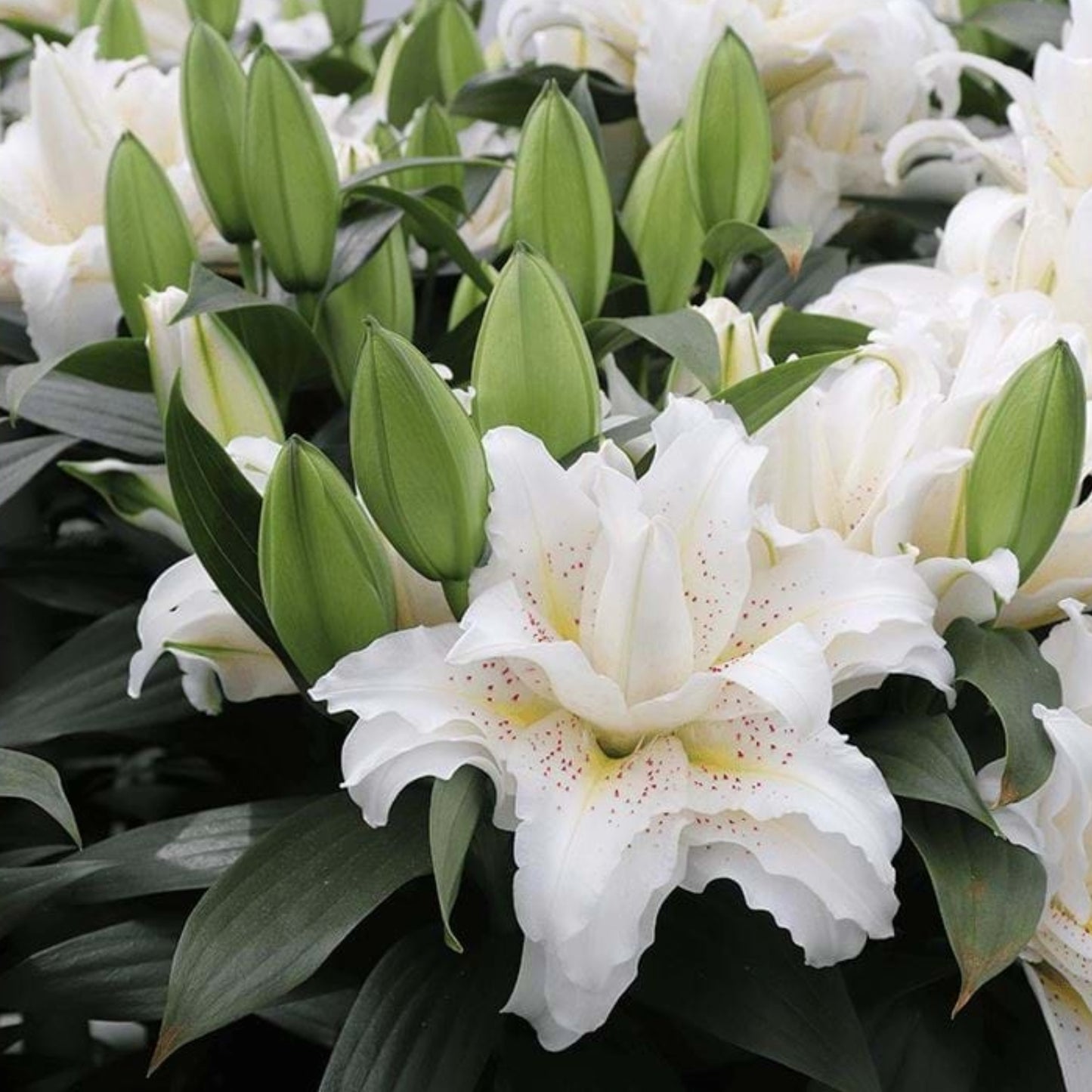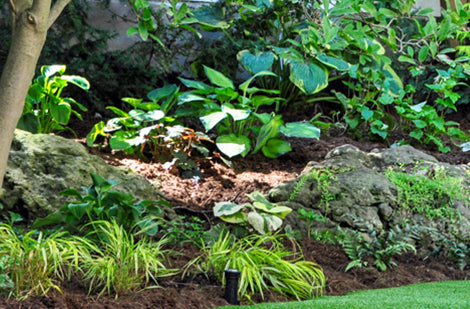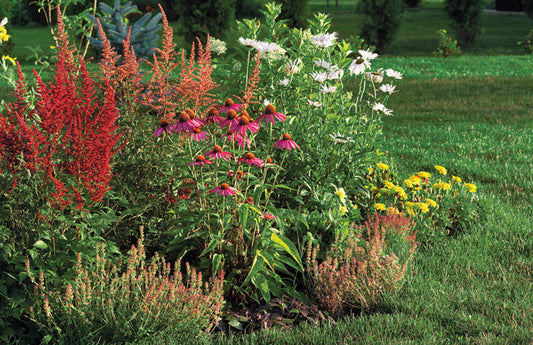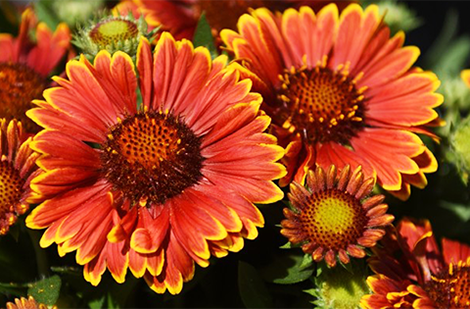Lilium orientalis ROSELILY® Sita
Lilium orientalis ROSELILY® Sita – ROSELILY® Sita Oriental Lily
Lilium orientalis ROSELILY® Sita – ROSELILY® Sita Oriental Lily
Exposure
- Sun
- Part-sun
- Part-shade
Rusticity
Bloom time
- July
- August
- Spectacular pure white double flowers
- Captivating and delicate fragrance
- Completely pollen-free (no allergies)
- Very large blooms (10-25 cm)
- Ideal for elegant cut flower arrangements
Discover the splendor of ROSELILY® Sita Oriental Lily (Lilium orientalis ROSELILY® Sita), a gem from the magnificent Roselily® series! This variety offers spectacular, double, and divinely fragrant flowers, a brilliant pure white, sometimes with a subtle green tinge in the centre, creating a visual effect of rare elegance. Reaching impressive diameters of 10 to 25 cm (4 to 10 inches), these lilies are uniquely stamen-free and thus pollen-free, making them perfect for bouquets without the risk of stains or allergies.
Characteristics
- Foliage : The foliage is typical of lilies, composed of medium green, lance-shaped leaves arranged along the upright stem. It is deciduous at the end of the season.
- Bloom : Produces spectacular flowers, often described as resembling double roses, a pure and immaculate white. Their size is imposing, capable of reaching 10 to 25 cm (4 to 10 inches) in diameter. Blooming is abundant and occurs in mid to late summer. They are intensely fragrant and unique because they are stamen-free, hence pollen-free.
- Light : Prefers full sun to part shade. For larger flowers and a more robust habit, a minimum of 6 hours of direct sunlight per day is ideal.
- Habit : Its habit is upright and slender, with a sturdy stem that supports its large flowers well.
- Growth : Growth is moderate. Plants generally reach a height of 60 to 90 cm (2 to 3 feet) and a spread of about 30 cm (1 foot).
- Humidity : Requires soil that remains uniformly moist, but well-rained. Avoid waterlogged soils, especially in winter, which could cause the bulb to rot.
- Soil : Prefers rich in organic matter, fertile, and well-drained soil. A slightly acidic pH is ideal.
- Temperature : It is a very hardy perennial, adapted to cold winters.
- Watering : Water regularly, especially during dry periods in summer, to keep the soil cool and moist during blooming.
Uses
- Types of Use : Exceptional as a cut flower for wedding bouquets, elegant floral arrangements (particularly appreciated because it's pollen-free), in mass plantings for a strong visual impact, in borders of flower beds, or grown in large containers on patios. It's perfect for adding a touch of glamour and fragrance to any garden.
- Decorative Advantages : Its opulent and fragrant flowers create a spectacular focal point in the garden and indoors. Their immaculate whiteness brings a sense of purity and serenity. The fact that they are pollen-free is a major advantage for allergy sufferers and for clean floral arrangements.
Care
- Fertilization : Fertilize in early spring with a balanced slow-release fertilizer for bulbs, or a liquid fertilizer for flowering plants. Compost can also be beneficial.
- Pruning : After flowering, cut back spent blooms for aesthetic reasons, but leave the leafy stem intact to allow the bulb to replenish its reserves for the following year. Cut the stem to the ground only when it has yellowed and dried in the fall.
Plant details
Dimensions
Dimensions
Characteristics
Characteristics
Habit:
- Upright
Flowering colours:
- White
Plant needs
Plant needs
Watering:
- Average
Maintenance:
- Average
Soil requirement:
- Well drained
- Fresh and humus-rich
Features
Features
Resistance:
- Pests
- Cold
Attract:
- Pollinators
- Butterflies
Use:
- Flower beds in the garden
- Featured plant
- Beautiful cut flowers
Attribute:
- Pleasant scent. long-lasting cut flowers



Related articles
-

Perennials for all occasions
Read the articleOsez créer des associations inédites qui sauront refléter votre personnalité, même si pour cela vous deviez déplacer certaines vivaces pour mieux les mettre en valeur.
-

Landscaping with perennials
Read the articleVariétés à découvrir, la tomate se savoure crue, en sandwich, en bruschetta ou en salade. Cuite, c'est l'ingrédient de base de sauces, soupes et salsas.
-

Perennials proper maintenance: cut and fertilize
Read the articleLa grande popularité des vivaces vient du fait qu'après avoir été oubliées pendant des mois au cours de l'hiver, elles réapparaissent sur la scène plus énergiques et surprenantes que par...
-

How to plant perennials in your garden
Read the articleEn pénétrant au jardin, ce sont souvent les plantes vivaces que l’on remarque en premier. Un massif de sauges, d’hémérocalles, d’astilbes, d’échinacées ou de lavande offre un spectacle d’une beauté...











